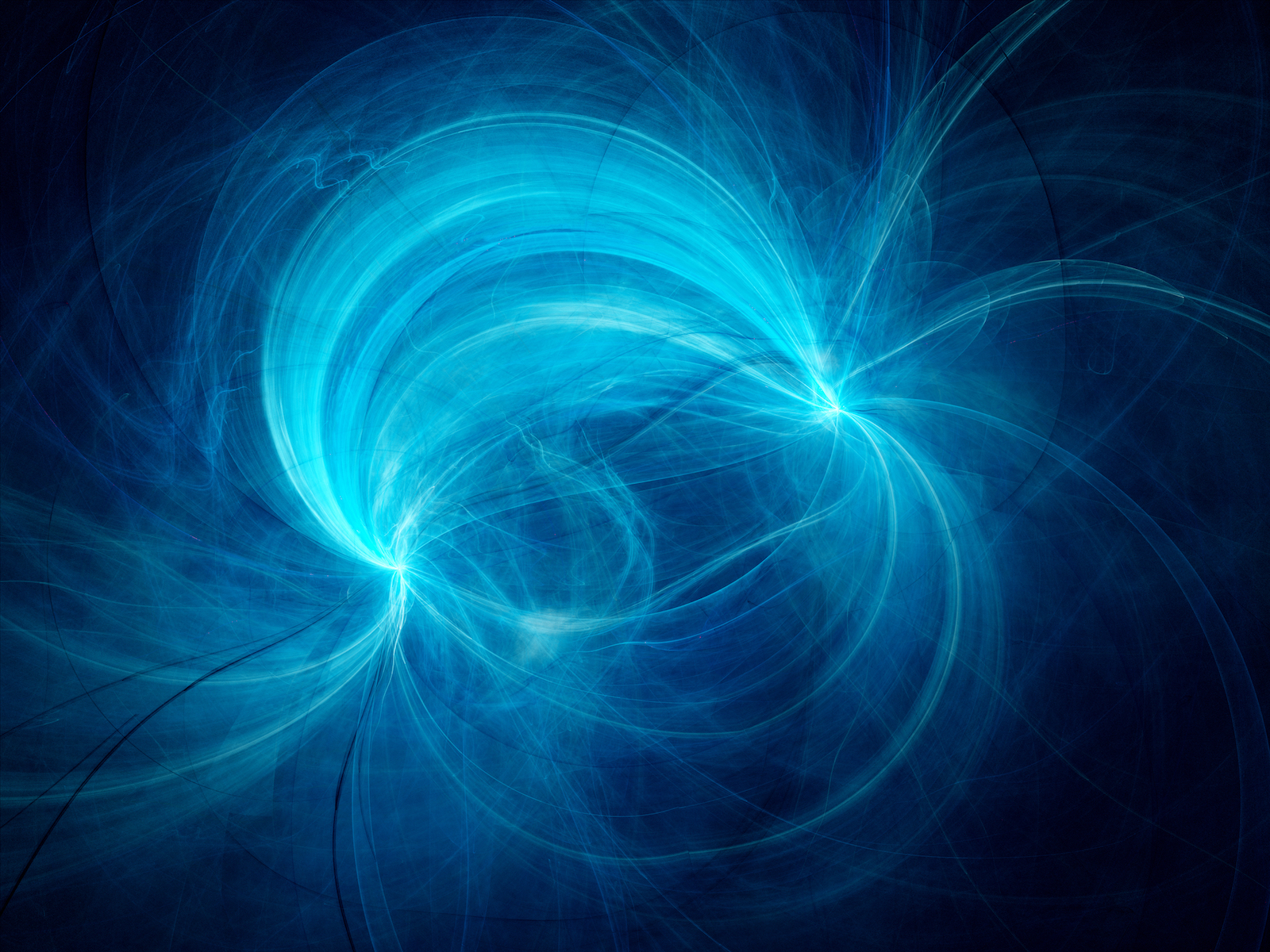Black hole-sized magnetic fields could be created on Earth, study says

Scientists should be able to create magnetic fields on Earth that rival the strength of those seen in black holes and neutron stars, a new study suggests.
Such strong magnetic fields, which would be created by blasting microtubules with lasers, are important for conducting basic physics, materials science and astronomy research, according to a new research paper authored by Osaka University engineer Masakatsu Murakami and colleagues. The paper was published Oct. 6 in the open-access journal Scientific Reports.
Most magnetic fields on Earth, even artificial ones, are not particularly strong. The magnetic resonance imaging (MRI) used in hospitals typically produces fields of around 1 tesla, or 10,000 gauss. (For comparison, the geomagnetic field that swings compass needles to the north registers between 0.3 and 0.5 gauss.) Some research MRI machines use fields as high as 10.5 tesla, or 105,000 gauss, and a 2018 lab experiment involving lasers created a field of up to about 1,200 tesla, or just over 1 kilotesla. But no one has successfully gone higher than that.
Related: 9 cool facts about magnets
Now, new simulations suggest that generating a megatesla field — that is, a 1 million tesla field — should be possible. Murakami and his team used computer simulations and modeling to find that shooting ultra-intense laser pulses at hollow tubes just a few microns in diameter could energize the electrons in the tube wall and cause some to leap into the hollow cavity at the center of the tube, imploding the tube. The interactions of these ultra-hot electrons and the vacuum created as the tube implodes leads to the flow of electric current. The flow of electric charges is what creates a magnetic field. In this case, the current flow can amplify a pre-existing magnetic field by two to three orders of magnitude, the researchers found.
The megatesla magnetic field wouldn't last long, fading after about 10 nanoseconds. But that's plenty of time for modern physics experiments, which frequently work with particles and conditions that wink out of existence in far less than the blink of an eye.
Murakami and his team further used supercomputer simulations to confirm that these ultra-strong magnetic fields are in reach for modern technology. They calculated that creating these magnetic fields in the real world would require a laser system with a pulse energy of 0.1 to 1 kilojoule and a total power of 10 to 100 petawatts. (A petawatt is a million billion watts.) Ten-petawatt lasers are already being deployed as part of the European Extreme Light Infrastructure, and Chinese scientists are planning to build a 100 petawatt laser called the Station of Extreme Light, Science Magazine reported in 2018.
Sign up for the Live Science daily newsletter now
Get the world’s most fascinating discoveries delivered straight to your inbox.
Ultrastrong magnetic fields have multiple applications in fundamental physics, including in the search for dark matter. Superstrong magnets can also confine plasma inside nuclear fusion reactors into a smaller area, paving the way for viable fusion energy in the future, Live Science previously reported.
Originally published on Live Science.

Stephanie Pappas is a contributing writer for Live Science, covering topics ranging from geoscience to archaeology to the human brain and behavior. She was previously a senior writer for Live Science but is now a freelancer based in Denver, Colorado, and regularly contributes to Scientific American and The Monitor, the monthly magazine of the American Psychological Association. Stephanie received a bachelor's degree in psychology from the University of South Carolina and a graduate certificate in science communication from the University of California, Santa Cruz.









